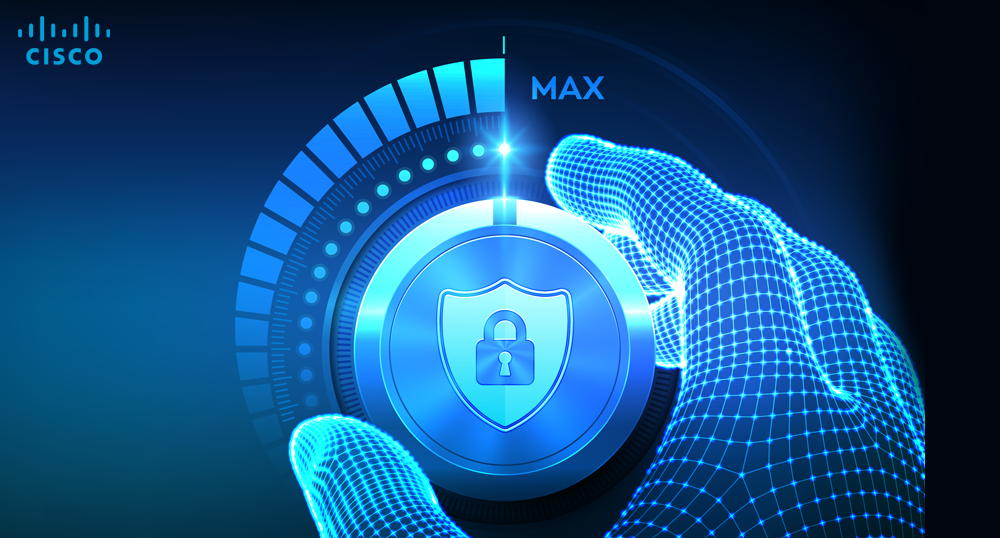Introduction
The Identity Security Engine (ISE) field is an essential component of cybersecurity, providing tools and solutions for managing and securing identities and access to systems and data.
In this beginner’s guide, we will provide an introduction to the ISE field, including a definition of ISE and an explanation of its importance in cybersecurity.
By the end of this guide, you will have a foundational understanding of ISE and its role in protecting digital assets.
Overview of ISE Field
In this beginner’s guide to the Identity Security Engine (ISE) field, it is important to start with an overview of the basic concepts and terminologies, as well as the brief history and evolution of ISE.
Firstly, understanding the basic concepts and terminologies in ISE is crucial in comprehending the core elements of this field.
Secondly, this includes terms such as identity management, access control, authentication, authorization, and auditing.
Knowing these terms will provide a foundation for understanding how ISE works and the value it brings to cybersecurity.
Thirdly, understanding the brief history and evolution of ISE is also important.
The field of ISE has developed over time, starting with the basic concept of identity management and evolving into a comprehensive approach to identity and access control.
By understanding the evolution of ISE, it is easier to appreciate the value of its modern capabilities and how it has become an integral part of modern cybersecurity.
III. Understanding Identity and Access Management (IAM)
IAM, or Identity and Access Management, is a critical component of the ISE field.
IAM refers to the policies, technologies, and processes that manage and control user identities and access to resources.
It plays a crucial role in cybersecurity as it ensures that only authorized individuals have access to sensitive data and resources.
It also helps organizations comply with regulatory requirements related to data privacy and security.
In ISE, IAM involves several components and processes, including identity provisioning, authentication, authorization, and access management.
Firstly, Identity provisioning involves creating and managing user accounts, while authentication ensures that users are who they claim to be.
Authorization determines what actions users can perform, and access management controls how users access resources.
Secondly, Implementing IAM best practices is essential for effective ISE. Some best practices include defining clear roles and responsibilities, regularly reviewing and updating access controls, and using multi-factor authentication.
Overall, understanding IAM is crucial for anyone new to the ISE field. IAM plays a critical role in ensuring the security of an organization’s data and resources and should be implemented using best practices to achieve maximum effectiveness.
ISE Solutions and Capabilities
In the ISE field, there are various solutions and tools available to enhance security and manage access to resources. It is important to understand the features and capabilities of ISE solutions, as well as how they integrate with other cybersecurity tools.
An overview of ISE solutions and tools includes network access control (NAC), identity management systems, and multi-factor authentication (MFA).
Firstly, These solutions and tools are designed to ensure secure access to network resources and data, and to prevent unauthorized access.
Secondly, the features and capabilities of ISE solutions can include policy-based access control, device profiling, guest access, and endpoint compliance checks.
Lastly, these features help to ensure that only authorized users and devices are allowed access to network resources.
ISE solutions also integrate with other cybersecurity tools such as firewalls, intrusion detection and prevention systems (IDPS), and security information and event management (SIEM) systems.
Integration with these tools enables more comprehensive and effective security management.
Finally, understanding ISE solutions and their integration with other cybersecurity tools is essential for effective access management and security in the field.
ISE Deployment and Implementation
This section focuses on the practical aspects of implementing an Identity Security Engine (ISE) solution. ISE deployment and implementation can be a complex process, and it is important to follow best practices to ensure a successful deployment.
Steps involved in ISE deployment and implementation include:
- Conducting a needs assessment
- Developing a deployment plan
- Configuring and customizing the solution
- Testing the solution
- Rolling out the solution
- Ongoing maintenance and updates
Best practices for ISE deployment and implementation include:
- Clearly defining project objectives
- Involving stakeholders throughout the process
- Establishing a project timeline and budget
- Conducting thorough testing before rollout
- Training end-users on the new solution
- Ongoing monitoring and evaluation
Common challenges in ISE deployment and implementation may include:
- Integration with legacy systems
- Limited resources or budget
- Resistance to change from end-users
- Complex configurations
- Difficulty managing large-scale deployments
The Future of ISE
The field of Identity Security Engine (ISE) is constantly evolving (managed wifi service providers), with emerging trends and technologies that have the potential to shape the future of the industry.
It is important to stay up-to-date with these developments to remain competitive in the field.
In addition, some emerging trends and technologies in the ISE field include machine learning and artificial intelligence, blockchain technology, and zero trust security.
New technologies and trends offer opportunities for enhanced security and efficiency in ISE.
ISE professionals must stay informed and adapt to emerging technologies and trends.
ISE is evolving to meet new cybersecurity challenges, and it is important to keep up with these changes to remain effective in the field.
VII. Conclusion
This guide provides an overview of ISE field including basic concepts, IAM components, ISE solutions, deployment & implementation best practices. Understanding ISE in cybersecurity context and staying updated with emerging trends is crucial. By continuing to learn and adapt, ISE professionals can remain effective and competitive in the field.


